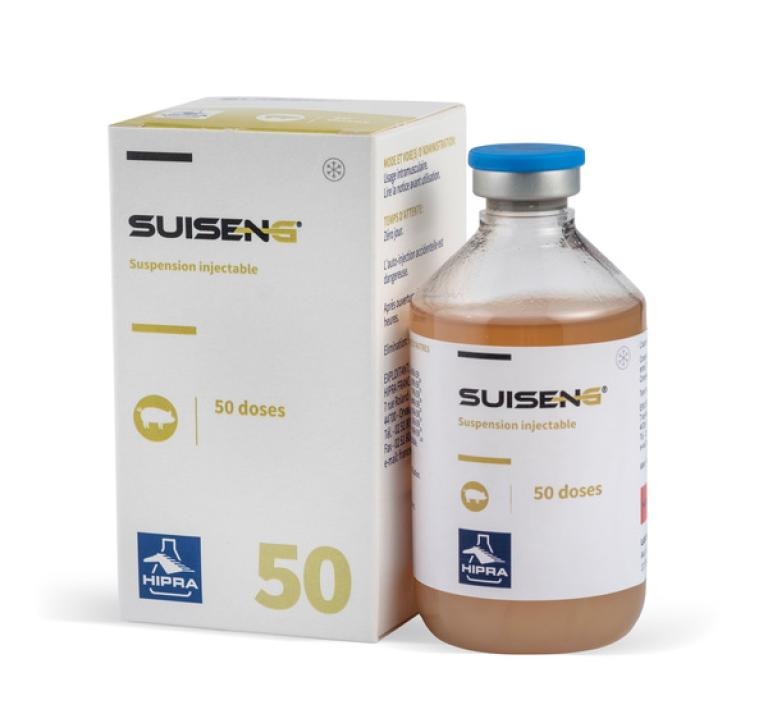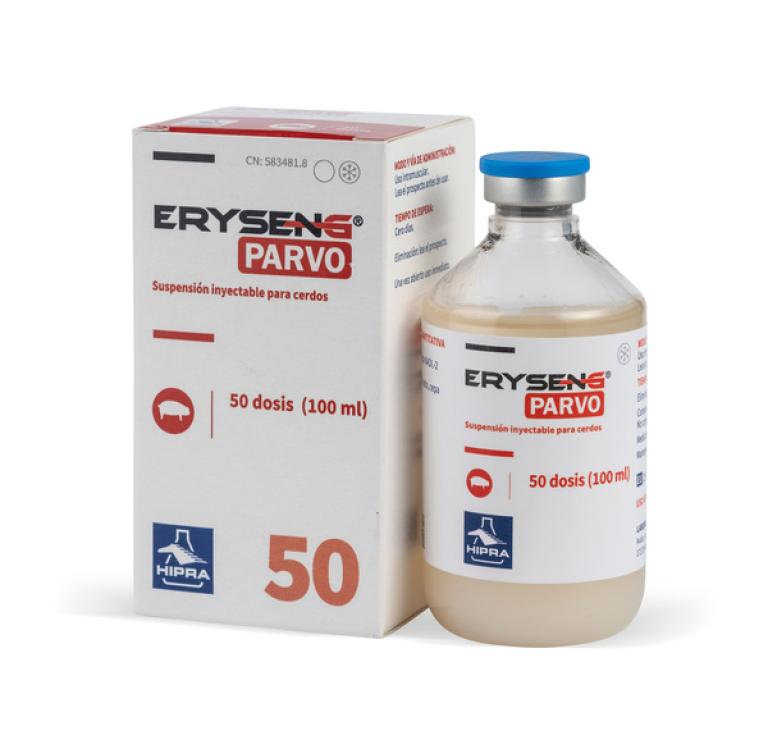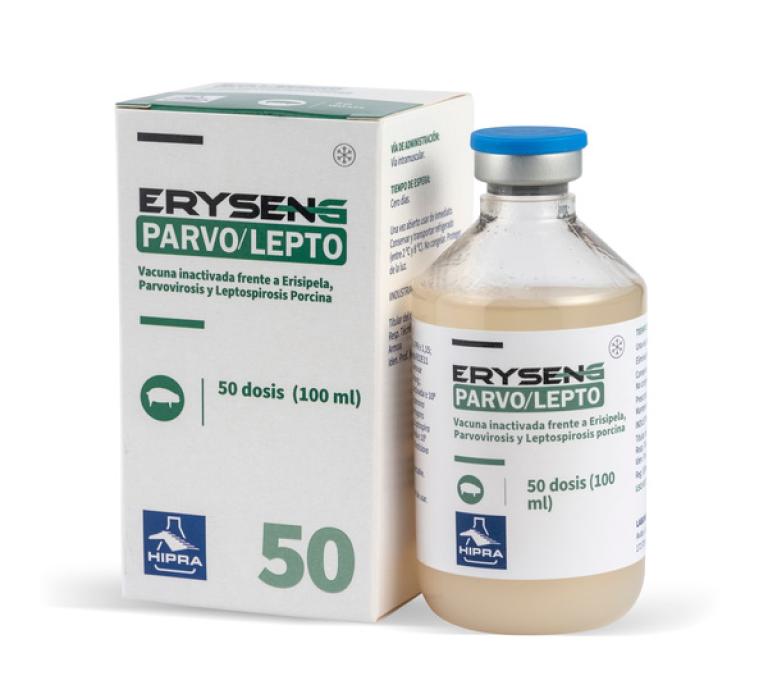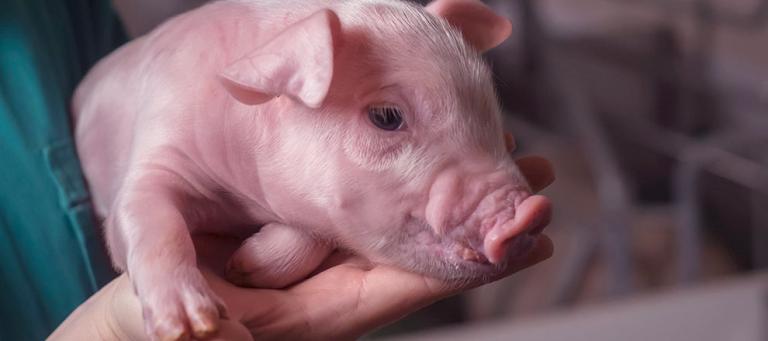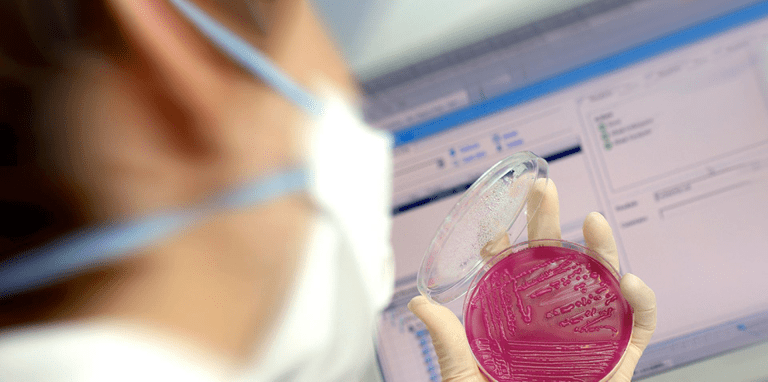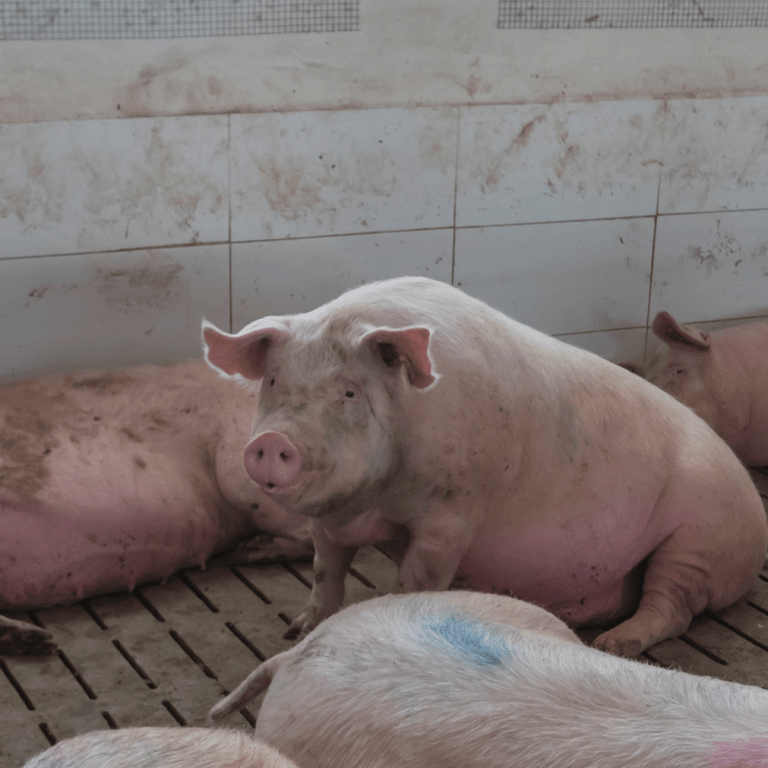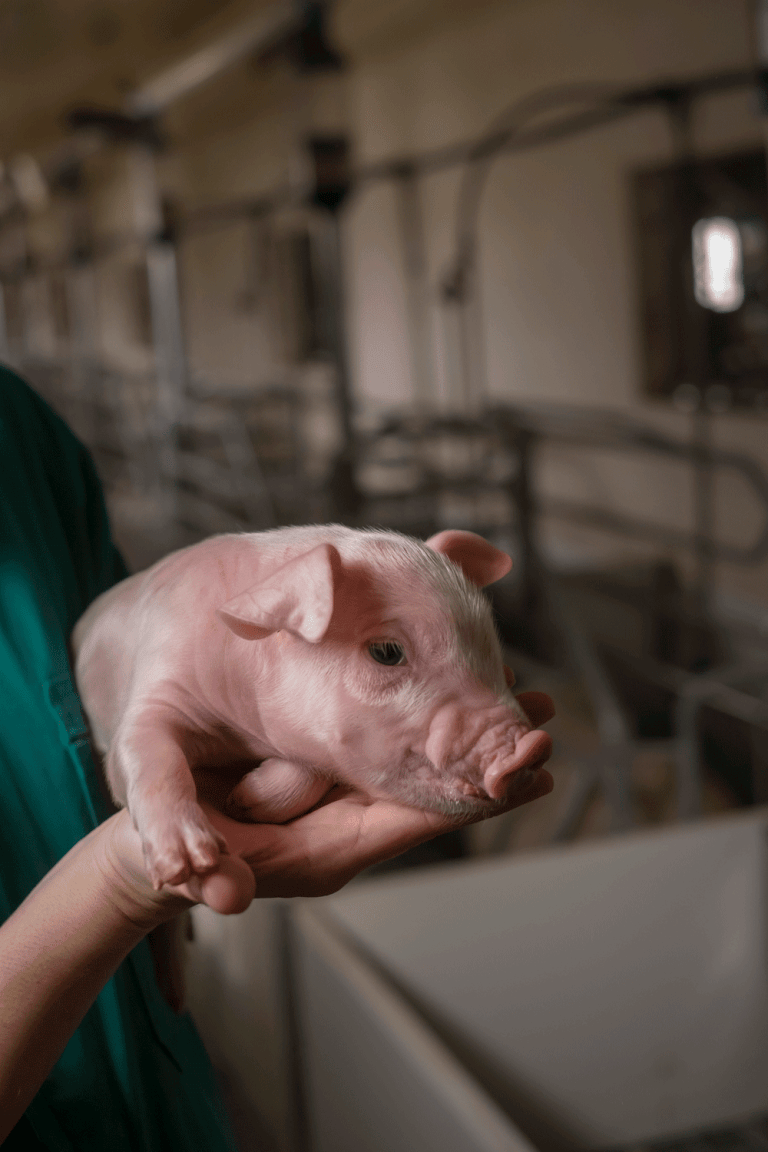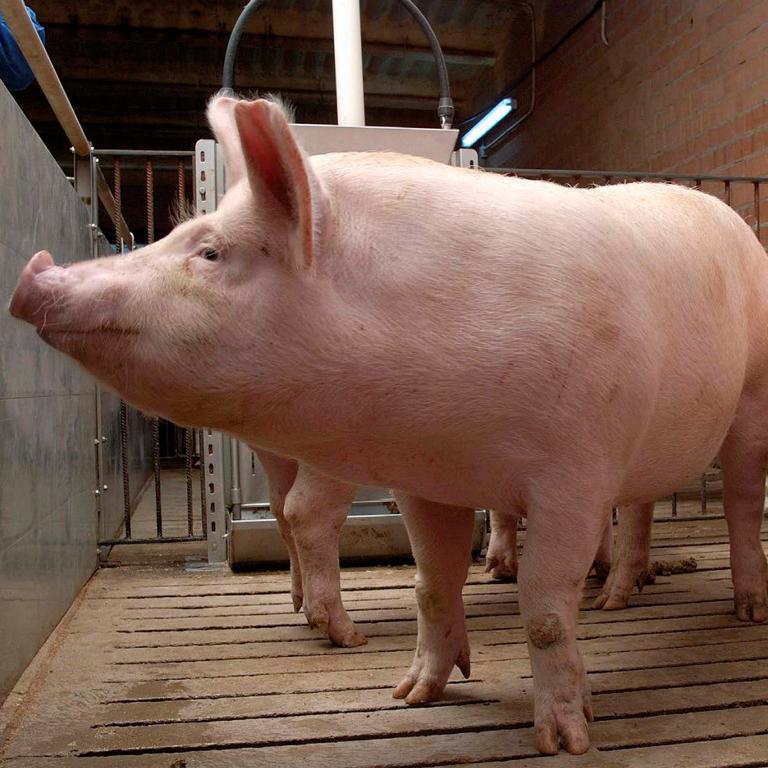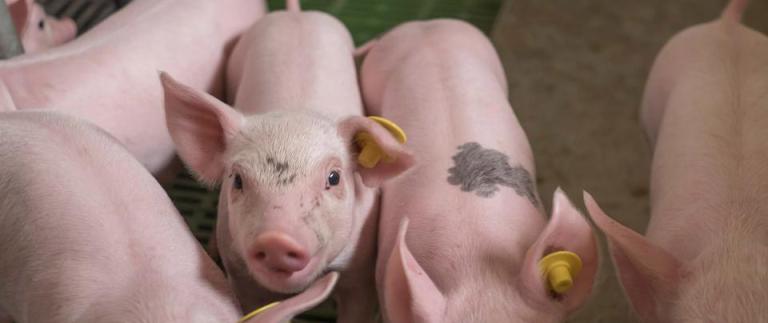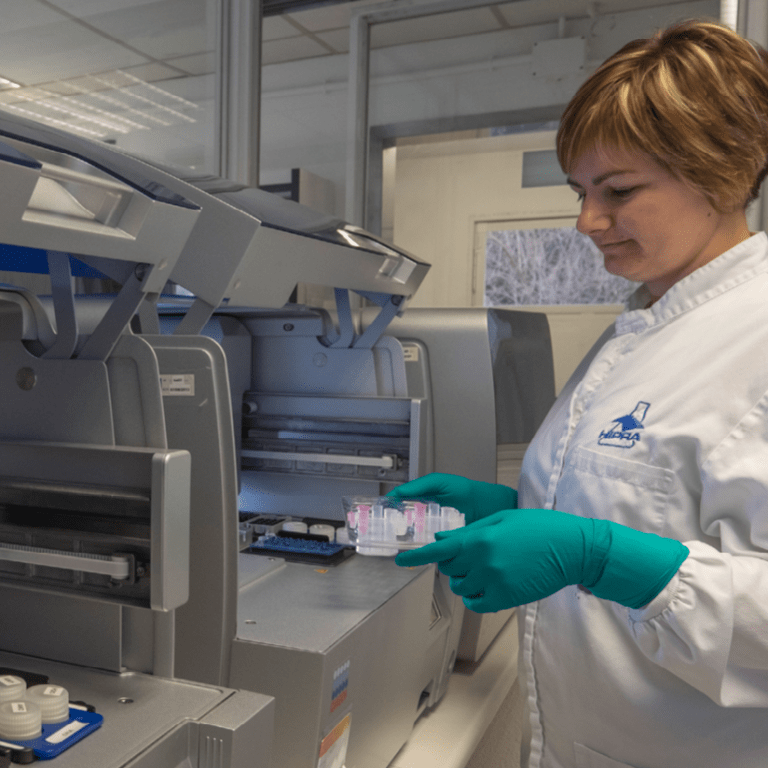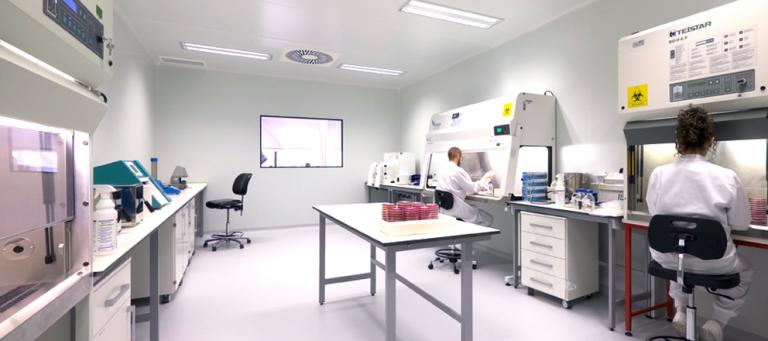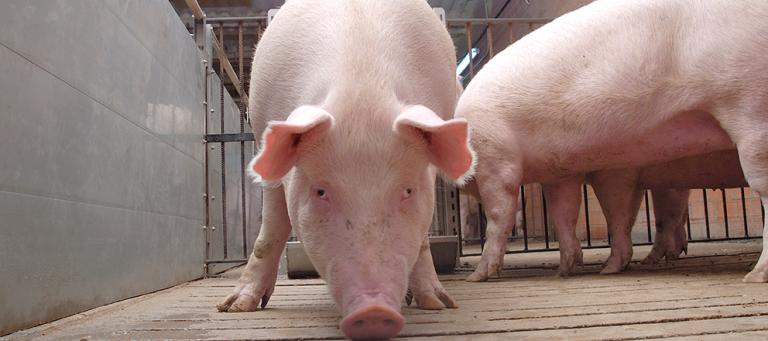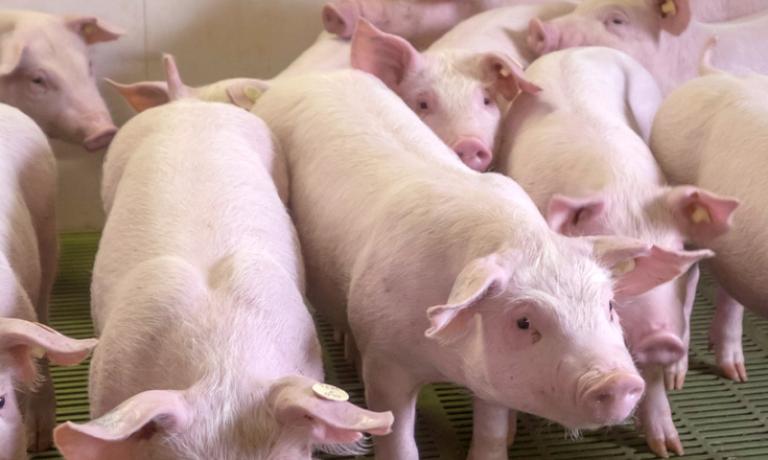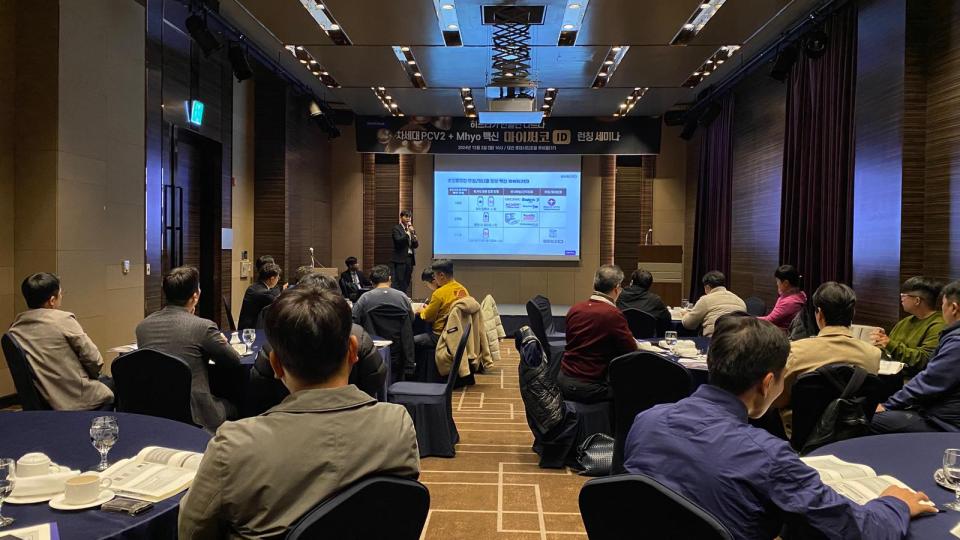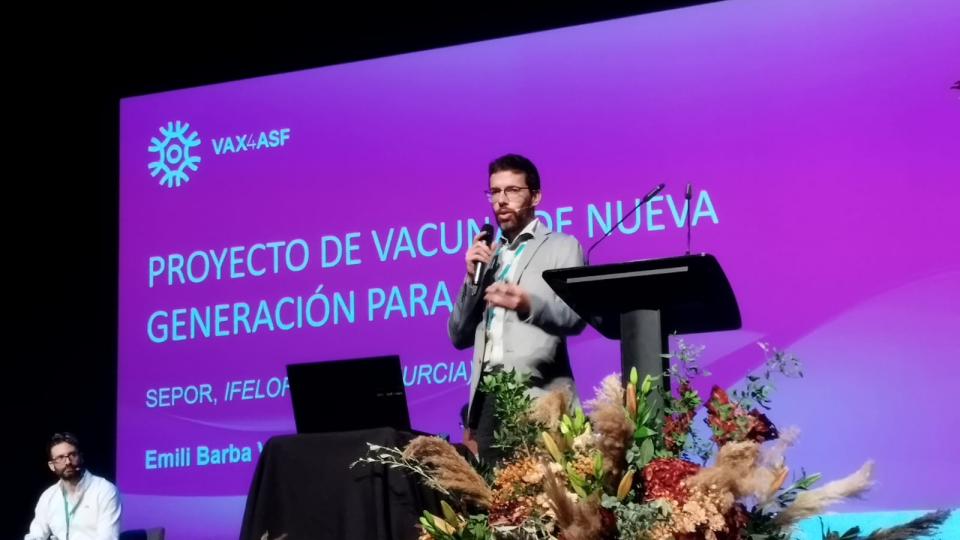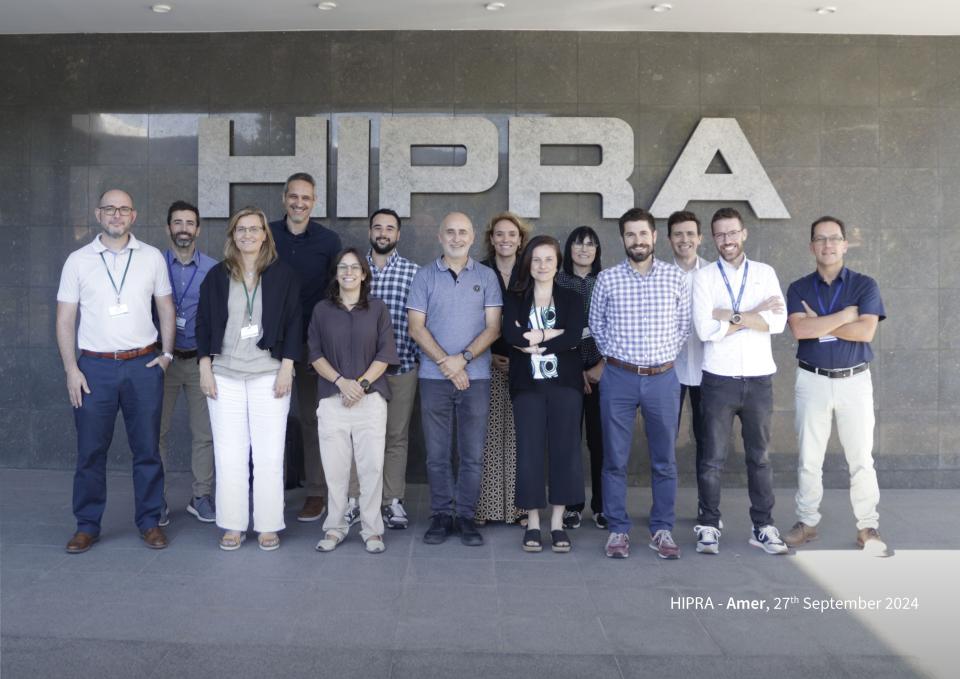AETIOLOGY:
ETEC that cause neonatal diarrhea usually produce only STa and may have one or more of the fimbriae F4, F5, F6, and F41.
TRANSMISSION:
The newborn pig, on leaving the uterus and before reaching the teats of the sow, encounters the heavily contaminated environment of the farrowing crate and the skin of the dam, resulting in ingestion of microbes from the intestinal microbiota of the sow.
CLINICAL SIGNS:
Neonatal E. coli diarrhea is observed most in pigs aged from 0 to 4 days.
Neonatal diarrhea may first be observed 2–3 hours after birth and may affect one or a few pigs or whole litter. Gilt litters are more often affected than sow litters.
Morbidity average is 30–40%, but may be as high as 80% in some herds. Mortality can reach 70% in affected litters. In a low proportion of pigs, the infection may be so rapid
that death occurs before the development of diarrhea. Diarrhea may be very mild with no evidence of dehydration or may be clear, watery, and profuse. The feces vary in color from clear to whitish or various shades of brown.
LESIONS:
Gross lesions may include dehydration, dilation of the stomach (which may contain undigested milk curd), venous infarcts on the greater curvature of the stomach, and dilation of the small intestine with some congestion of the small intestinal wall.
DIAGNOSIS:
Diagnosis of neonatal ETEC is based on clinical signs, microscopic lesions, and the presence of small gram-negative rod‐shaped bacteria colonizing the small intestinal mucosa.
TREATMENT, PREVENTION AND CONTROL:
Immunity to enteric E. coli infections is humoral and is initially provided through passive immunity via the maternal colostrum and lactogenic antibodies in the milk of the sow and subsequently by active local intestinal immune responses.
Treatment with antimicrobials at the earliest sign of diarrhea may be on an individual or litter basis, by mouth or parenteral injection.
Fluid therapy, consisting of electrolyte replacement solutions containing glucose given orally, is useful for the treatment of dehydration and acidosis.




